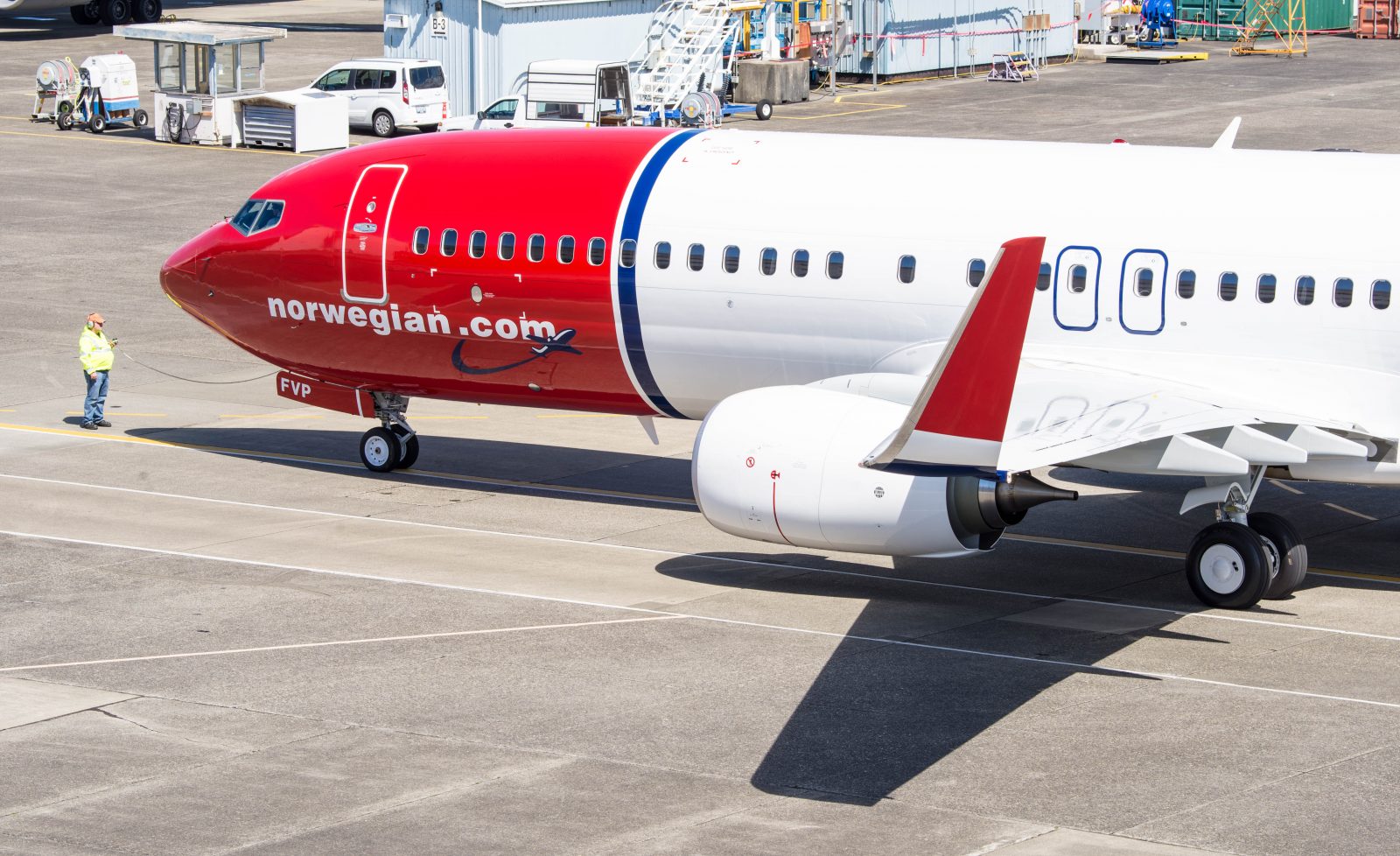
A flight attendant was severely injured and had to be stretched off an aeroplane by emergency medical responders after he dislocated his ankle and broke it in two places in a freak accident caused by severe convective turbulence.
The incident onboard a Norwegian Air-operated Boeing 737-800 occurred in July 2021 but full details have only just been released after a final report was published by France’s air accident team who are known as the Bureau d’Enquetes et d’Analyses (BEA).
The male flight attendant told investigators shortly after the incident that the turbulence was so severe that when it first hit, he was lifted off his feet and was literally thrown from one side of the rear galley to the other.
The flight attendant landed heavily on the floor and his right foot became trapped underneath the plastic housing that contains the escape slide (known as a ‘bustle’). A second heavy jolt of turbulence hit the aircraft and the flight attendant was thrown upwards with his foot still trapped.
He heard his ankle crack and was left in severe pain on the galley floor.
A second crew member at the rear galley also injured her ankle but stayed with her colleague until the aircraft landed and he was evacuated by airport fire and rescue services. Once at the hospital, x-ray’s confirmed he had broken his ankle in two places and also dislocated it.
All 180 passengers onboard the Norwegian Air flight from Copenhagen to Nice were uninjured after the aircraft flew into storm clouds on their approach to the airport.
The investigation noted how the two pilots had been diligently working to navigate around the large mass of storm clouds and had managed to avoid most of the storm for 20 minutes before they noticed one final build-up of storm clouds.
By this point, it was too late to avoid flying through the clouds, so the fasten seat belts were switched on and the cabin crew started to secure the cabin.
In its final report, the BEA suggested that onboard radar systems that pilots use to look out for areas of turbulence can vary in capability and that European air safety regulators should promote the use of modern, more accurate onboard systems.
Last week, SpaceX founder Elon Musk told his 109 million followers on Twitter that “people should never fear turbulence”.
“Commercial airliner wings can handle insane amounts of bending,” the multi-billionaire businessman said in response to a video that showed the wing of a Boeing 747 bending whilst flying through turbulence.
Mateusz Maszczynski honed his skills as an international flight attendant at the most prominent airline in the Middle East and has been flying ever since... most recently for a well known European airline. Matt is passionate about the aviation industry and has become an expert in passenger experience and human-centric stories. Always keeping an ear close to the ground, Matt's industry insights, analysis and news coverage is frequently relied upon by some of the biggest names in journalism.







